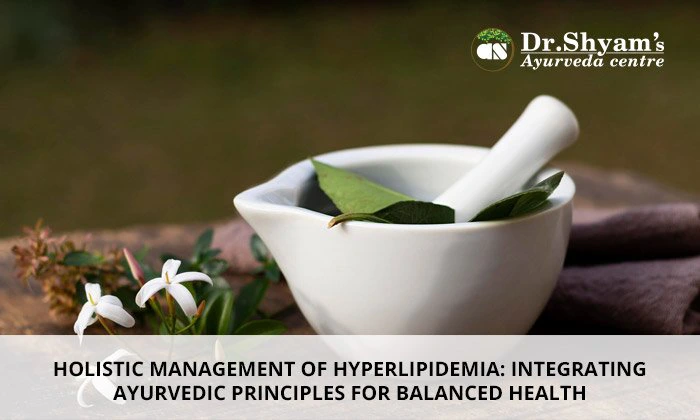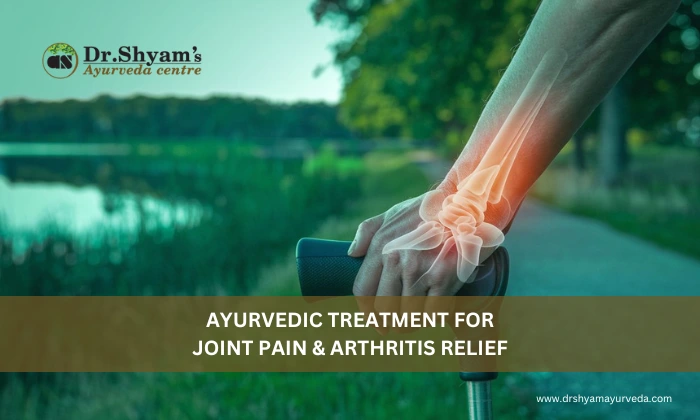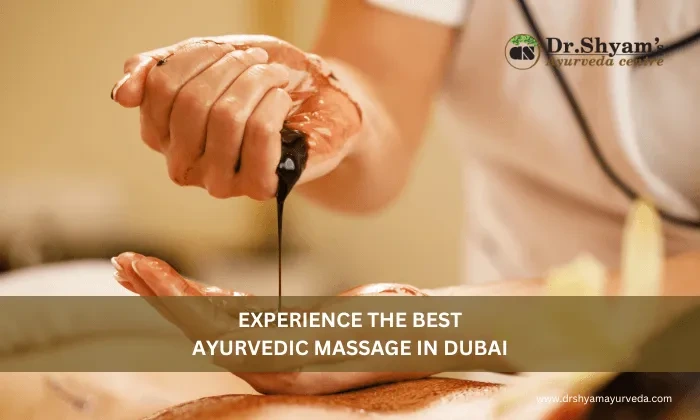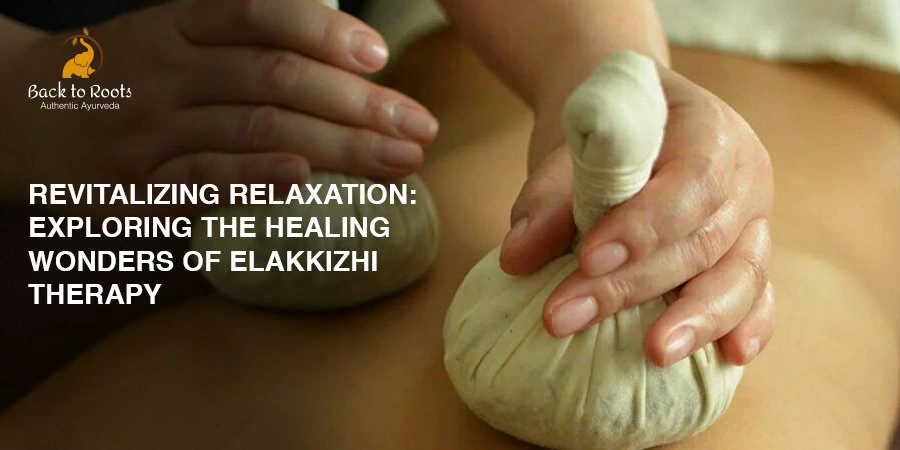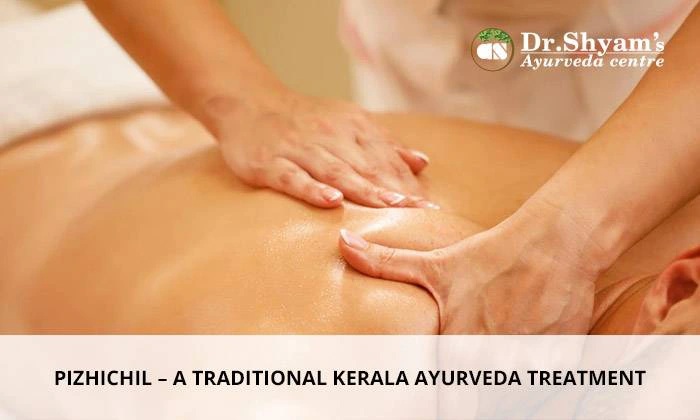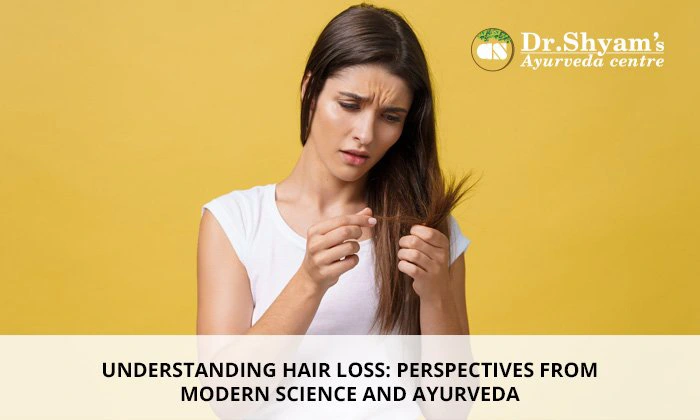Hyperlipidaemia, characterized by elevated levels of lipids in the blood, is a significant risk factor for cardiovascular diseases, including heart attacks and strokes. While conventional medicine offers effective pharmacological interventions, Ayurveda, the ancient system of medicine from India, provides a holistic and natural approach to managing Hyperlipidaemia.This article explores the Ayurvedic perspective on Hyperlipidaemia and its management. Ayurveda treatment in Dubai is gaining recognition as a complementary approach to conventional therapies for hyperlipidaemia.
Understanding Hyperlipidaemia in Ayurveda
In Ayurveda, Hyperlipidaemia is often associated with “Medoroga,”; a disorder of lipid metabolism. Medoroga is a condition characterized by the irregular accumulation of medodhatu (fat tissue). Initially, it is caused by the vitiation of Kapha dosha. As the condition progresses, Pitta and Vata doshas also become involved, each contributing their own set of symptoms. In advanced stages, the pathological accumulation of apachita (vitiated) medas in various srotas (channels) leads to symptoms such as fatigue and improper sweating. Several lifestyle and dietary factors contribute to Hyperlipidaemia /Medoroga, including:
- Avyayama (Lack of Exercise)
- Adhyashana (Overeating)
- Divasvapna (Daytime Sleeping)
- Ati Madhura (Excessive Consumption of Sweets)
- Guru-Snigdha Ahara Sevana (Processed/Oily Foods Intake)
- Various Manasika Bhavas (Psychological Factors like stress), and
- Beejadosha (Genetic Predisposition).
The involvement of other doshas, such as Pitta and Vata, becomes evident with the appearance of symptoms like swedadhikya (excessive sweating), atikshudha (increased hunger), atipipasa (excessive thirst), daurgandhya (bad body odor), daurbalya (weakness), and utsahahani (depleted energy levels).
Ayurvedic Management of Hyperlipidaemia
In Ayurveda, the treatment for Hyperlipidaemia /Medoroga involves several approaches: Shodhana Karma: Purifying therapies like Basti (medicated enema) and Virechana (therapeutic purgation).
- Rukshana Chikitsa: Drying therapies.
- Udvartana: Herbal powder massage.
- Shamana Chikitsa: Palliative therapies to manage symptoms.
- Nidan Parivarjana: Eliminating the root cause of the condition.
1. Lekhana Basti in Management of Hyperlipidemia
Hyperlipidemia is a condition characterized by elevated levels of lipoproteins (cholesterol, triglycerides, or both) in the plasma, which can be correlated to increased “Meda” (lipids) in the body according to Ayurveda. This condition is often caused by factors such as a high-fat diet and a sedentary lifestyle. These causative factors are comparable to Snigdha (oily), Guru (heavy), Picchila (sticky) diet and Chesthadvesha (lack of exercise) in Ayurveda, leading to Santarpanjanya Vyadhis (diseases produced by overnutrition). Therefore, hyperlipidemia falls under the broad category of Santarpanjanya Vyadhis.
The Ayurvedic remedy for Santarpanjanya Vyadhis is Apatarpana (therapies that reduce abnormal nutrition). Among the various treatment modalities in Ayurveda, “Basti”; (medicated enema) is considered the most effective for Apatarpana, especially when prepared with Apatarpaka (depleting) drugs. Additionally, Lekhana (emaciation or desiccation) therapy is particularly beneficial for removing abnormally increased Sneha (lipids) from the body.
Lekhana Basti due to its Kapha-Vatahara properties (balancing Kapha and Vata doshas), contribute to a reduction in the following conditions:
- flabbiness in the hip, abdomen, and breast areas
- laziness and lack of enthusiasm
- excess sleep, excessive sweating
- bad body odor (Daurgandhya)
- heaviness in the body,
- fatigue
- reduction in dyspnea on exertion, and
- Reduction in joint pain.
2. Virechana in Management of Hyperlipidemia
Virechana therapy, a purificatory procedure involving intensive purgation, is particularly effective. It enhances digestive system functions by thoroughly removing toxins and waste from the body down to the cellular level. The effectiveness of Virechana Karma in lowering cholesterol levels can be understood in two main ways. Firstly, Virechana Karma, being an effective treatment for Pitta Dosha, helps
in excreting large amounts of bile, which indirectly facilitates cholesterol elimination. Additionally, this therapy targets the small intestine (Adho Amashaya), where cholesterol reabsorption occurs. Secondly, since the liver (Yakrit) is a key organ associated with Pitta, Virechana Karma may directly improve liver function. When liver function is optimized, cholesterol synthesis is regulated, and cholesterol excretion is increased through stimulated bile production and secretion. During Virechana Karma, harmful substances are mobilized from peripheral tissues to the intestine using Snehana (oleation) and Svedana (sudation) techniques. This likely results in the movement of cholesterol from the plasma and tissues to the intestine, where it is then expelled through the therapeutic purgation process.
3. Udwarthana in management of Hyperlipidemia
Rukshana Upakrama, a method that promotes dryness, is one of the six principles of management (Shad-Upakrama) and is particularly effective for reducing elevated Kapha Dosha, as well as Meda Dhatu (adipose tissue) and associated morbid factors.
Udvartana efficiently mobilizes stored fat by breaking it down and liquefying it, making it easier for the body to eliminate. The herbs Yava, Bajara, Kulattha, Kottachukkadi Choornam and Triphala are chosen for Udvartana due to their properties that help alleviate Kapha and Meda. These herbs possess characteristics such as Ushna (warmth), Ruksha (dryness), and Lekhana (scraping off excess fat and waste after initial moisture absorption). During the Udvartana process, the rubbing and scrubbing action enhances the effectiveness of both the herbs and the treatment itself in managing dyslipidemia.
Udwarthana brings about lightness to the body, improves appetite and strengthens the body. It should be done according to the Bala of the patients.
4. Herbal Remedies in management of Hyperlipidemia
Shilajatu, Guggulu, Gomutra, Triphala, Loharaja, Rasanjana, Madhu, Yava, Kordusha, Shyamaka, Uddalaka, Virukshana-Chedaniya Dravyas, Arogyavardhini Vati, Triphala Guggulu, Varanadi Kwatha etc., represent a useful therapeutic approach for managing hypercholesterolemia. These substances and formulations are known for their potential to reduce oxidative stress and lower lipid levels, including decreasing serum total cholesterol, triglycerides, and LDL levels, while potentially increasing serum HDL levels.
Conclusion
Ayurvedic management of hyperlipidemia offers a comprehensive and holistic approach that goes beyond merely lowering lipid levels. By focusing on dietary modifications, lifestyle changes, and the use of specific herbs, Ayurveda aims to restore balance and promote overall well-being. Integrating Ayurvedic principles with conventional medical advice can provide a synergistic approach to managing hyperlipidemia effectively. However, it is crucial to consult with a qualified Ayurvedic practitioner for personalized treatment and to ensure safety and efficacy.

